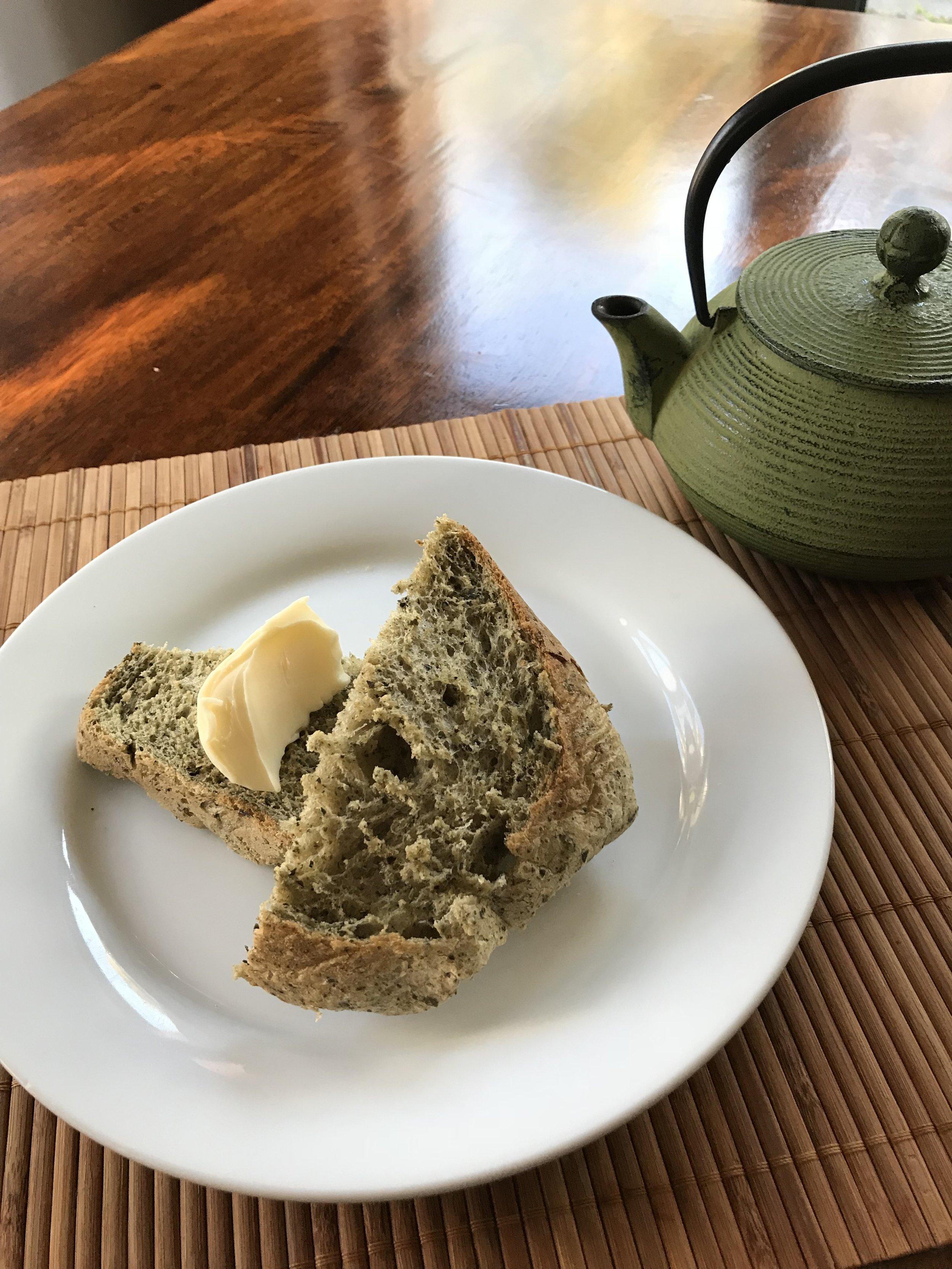Sweet Potato Cake
Iron Kitchen
Ingredients
Milk 300ml
Sweet potatoes (white flesh sweet potatoes) 250g
Sugar 80g
Pancake Mix 50g
Butter 50g
2 eggs
Method
1. First, bake the potatoes. Preheat the oven to 70-80 degrees. Bake the potatoes for 45 minutes at 70-80 degrees. Increase the temperature to 170 degrees and bake for a further 20 minutes.
2. Carefully remove the potatoes. Once cooled down, peel the skin and put in the food processor.
3. Preheat the oven to 180 degrees.
4. Take an 18cm round cake tin. Rub a little oil/butter on it or onto a cooking sheet which you can place in the tin.
5. Put the rest of ingredients in the food processor and blend until you have a smooth paste.
6. Pour the blended mixture into the cake tin. Bake for 45-55mins in the preheated oven.
7. Once it is baked, leave to cool down and leave in the fridge for a while.
8. And it’s ready to eat!
Tips
· You can change the quantity of sweet potatoes depending on your taste.
· I would recommend white flesh sweet potatoes as they are sweeter than other potatoes. However, it’s your choice.
· It is quite soft and runny, so I recommend not using a cake tin with a separated base.




